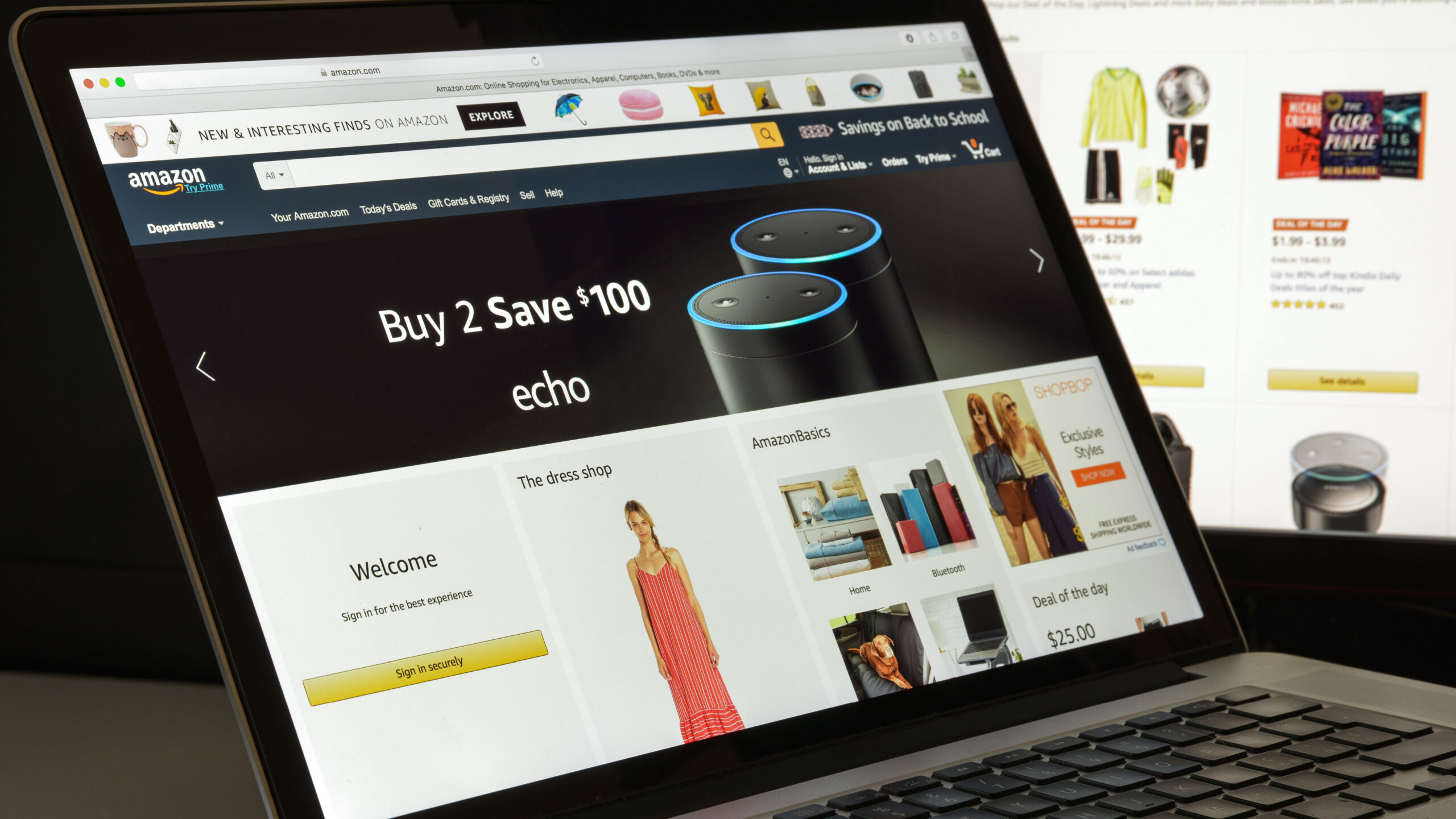Super Bowl Ads Suggest Unwarranted Fear of Emerging Technologies
Sunday’s Super Bowl ads showcased many emerging technologies, including artificial intelligence (AI) and robots. The Pringles ad featured a speaker reminiscent of Amazon’s Alexa, and showed that while a digital assistant may accurately list flavor combinations, it cannot actually physically taste the chips. Michelob Ultra narrated the story of an athletic robot that can golf, bike run, but can’t drink alcohol. TurboTax’s ad showed a robot child saying it wanted to be a TurboTax CPA when it grows up, but a woman rejects that dream and says, “all TurboTax Live CPAs are human beings with real emotions. I’m sorry but you’re never going to be emotionally complex enough for that job.” SimpliSafe’s ad showed two men at a baseball game, and one tells the other that robots will take over “your job, your job and your job” in the future, while a robot is sitting in the top bleacher, wearing a baseball hat and eating a hot dog. Amazon itself poked fun at its Alexa device by demonstrating potential failed applications of Alexa for dog collars, hot tubs, toothbrushes, and on space ships.
There is a pervasive uneasiness of the impact of emerging technologies like the ones portrayed during the Super Bowl ads. A 2014 Pew Research Center study asked 1,896 tech experts about the impact of emerging technologies and found that about 48% of them believed robots and digital agents would displace “a significant number of both blue- and white-collar workers” and that this would “lead to vast increases in income inequality, masses of people who are effectively unemployable, and breakdowns in the social order.” In 2015, the BBC provided a drop-down menu where you can search your current job and then find out how likely it is that you’ll lose that job. Articles are rampant with anxiety-inducing titles such as Robots Are Coming, and They Want Your Job, Robots Will Take Our Jobs And We Need a Plan: 4 Scenarios For The Future, and You Will Lose Your Job to a Robot — and Sooner Than You Think.
However, this prevailing fear is based on an incomplete analysis of the situation. The reality of emerging technologies and their impact on the workforce is more nuanced and complicated than what is often portrayed. First of all, it is important in the discussion to distinguish between technologies that can perform extraordinary feats (e.g., the supercomputer that beat a human at chess) and robots who can supplant human workers both physically and emotionally. As of right now, no robots have achieved artificial general intelligence, or superhuman intelligence. Vishal Sikka, a former top SAP and Infosys executive who specialises in AI, says that robots “are powerful things, but they don’t have a sense of the world.” Some experts guess that human-level AI is centuries away, while others at the 2015 Puerto Rico Conference believe that it will happen before 2060. Others argue that robots will never achieve some of the capabilities that humans possess.
Therefore, experts disagree on whether robots with superhuman intelligence could exist in forty years, in a few centuries, or whether they could ever exist. Emerging technologies will certainly take jobs, but robots with superhuman intelligence may or may not. SimpliSafe’s ad presents robots as having human qualities (with the ability to enjoy a hot dog, no less) and points towards a future where robots will inevitably replace humans in the workforce, but there is a difference between saying that technology will displace jobs and saying robots will wipe out an entire profession because they’ve essentially replaced all the functions of a human being.
Emerging technologies, like smart automation and AI have displaced some jobs and created new ones, and will continue to transform the workforce. Despite anxiety over new technologies and their impact on jobs, the first era of digital automation, which, according to the Brookings Institution, was from 1980 to 2016, actually created 54 million net new jobs. Reports differ as to how many jobs will be displaced and how many jobs will be created in this next era. According to one report, automation will displace 22.7 million U.S. jobs by 2025, but will also create 13.6 million new jobs. Another report by the World Economic Forum is more optimistic on the global scale, finding that 133 million new roles will be added but 75 million ones displaced by 2022 — a net gain of around 58 million more jobs.
However, these statistics tell a limited picture of what displacement of jobs will look like. While job losses are an an unfortunate consequence of emerging technologies, only certain types of jobs will be lost. Lower-wage, “routine” occupations such as truck drivers and payroll clerks, will experience substantially higher exposure to loss. Only 25% of U.S. employment will face “high” exposure to automation, and a 2017 McKinsey Global Institute report found only 5% of jobs could be entirely automated and thus subject to complete disappearance. From the first era of digital automation, only one occupation has disappeared due to technology — the now extinct occupation of an elevator operator. A report by the Brookings Institution also showed that having a bachelor’s degree also decreases the odds of automation threats.
There are other components that come into play when analyzing job loss, such as unforeseen economic demands. One way to demonstrate this is looking back at the history of “disruptive” technologies. The ATM is one such example; it was designed to replace human labor, and widely adopted in the late 1990s. Yet, despite the prevalence of ATMs, the number of bank tellers actually rose between 2000 and 2010. This is due to the fact that ATMs “made it cheaper to open branches, so banks ended up opening more of them.” Because more bank tellers were needed at these additional branches, the number of bank teller jobs actually increased. Another component to consider is that while jobs in certain industries will disappear, other jobs will be increasingly in demand, jobs like data analysts, software developers and social media specialists, and jobs that require “human skills” such as sales or customer service roles.
Displacement of jobs is a real concern. It will cause 36 million jobs to incur significant upheaval, or offset with new work. It negatively impacts certain industries more than others. It may also contribute to inequality, with job displacement disproportionately affecting the young, the men, and the underrepresented. But while it may be that emerging technologies will inevitably decrease a substantial number of jobs, they will also create new jobs, and create more demand for certain jobs over others. Awareness of the stressful impact of emerging technologies on the workforce and their careful implementation are essential.








